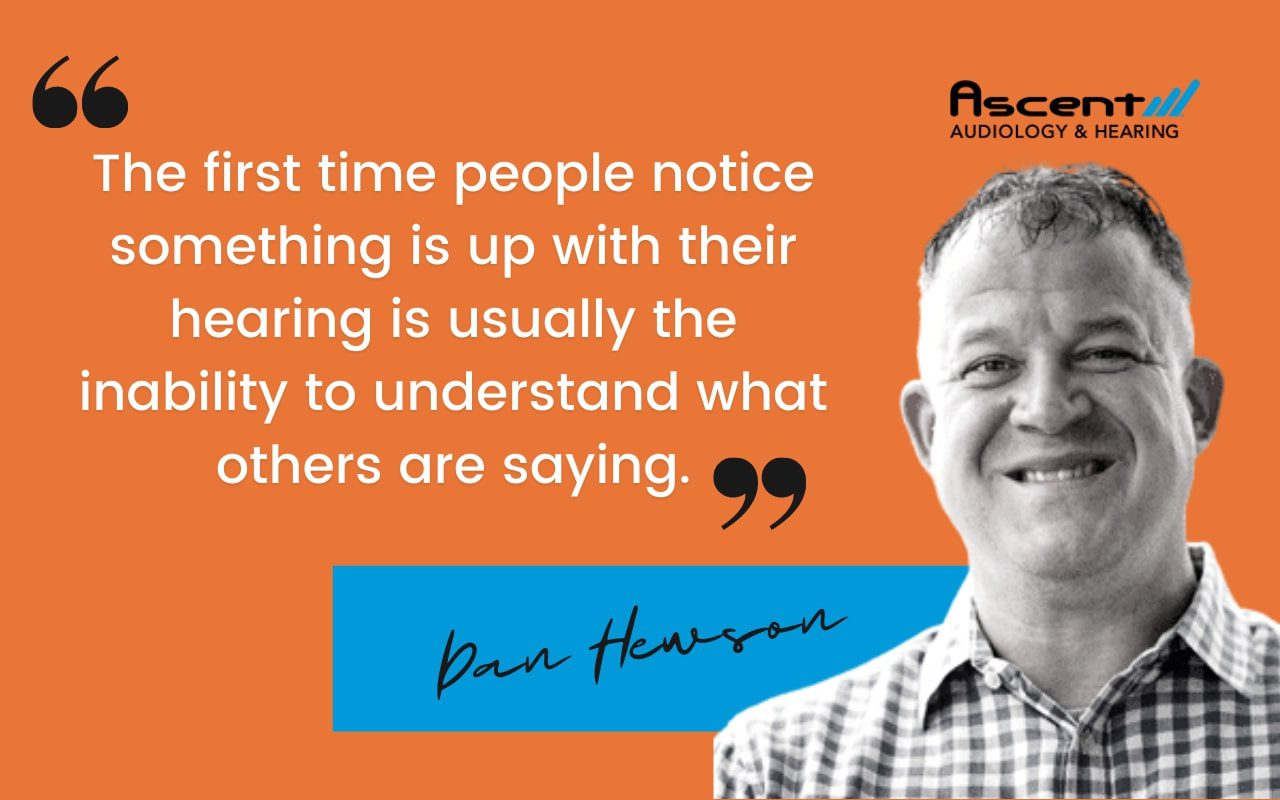You’ve reached the point when you either want to get a hearing aid for the first time, or you’d like to upgrade the one you have. Either way, our team at Ascent Audiology & Hearing is here to help.
The first thing we’d like to make clear is that we don’t recommend any one brand in particular, because each brand and model has its own features and abilities that might work best for your hearing needs – your lifestyle, budget, aesthetic preferences, and degree and type of hearing loss.
Types Of Hearing Aids
In short, there are two ways to wear hearing aids: in the ear or outside the ear. Inside these two categories, you’ll find plenty of options. Here’s the very short version.
In The Ear Hearing Aids
Invisible:
Invisible in the canal (IIC) – practically invisible, for mild to moderate hearing loss
Completely in the canal (CIC) – almost invisible, for mild to moderate hearing loss
Visible:
Visible outside the canal or in the ear (ITC) – for mild to mildly severe hearing loss
Visible in the ear (low profile) – for mildly severe to severe hearing loss
Behind The Ear Hearing Aids
Receiver in the ear or canal (RITE OR RIC) – the earmold is behind the ear, for mild to moderate hearing loss
Open fit (Mini BTE) – the open earbud sits in the ear canal, for mild to moderate high-frequency hearing loss
Receiver behind the ear (BTE) – designed for people with severe hearing loss
Once you narrow things down regarding visibility and your type of hearing loss, there are a number of other pros and cons to factor in.
In The Ear Hearing Aids
Type |
Pros |
Cons |
| Invisible in the canal (IIC) |
|
|
| Completely in the canal (CIC) |
|
|
| Visible outside the canal or in the ear (ITC) |
|
|
| Visible in the ear (low profile) (ITE) |
|
|
Behind The Ear Hearing Aids
Type |
Pros |
Cons |
| Receiver in the ear or canal (RITE OR RIC) |
|
|
| Receiver behind the ear (BTE) |
|
|
| Open fit (Mini BTE) |
|
|
Choosing What’s Important
While most people state that the visibility of the hearing aid is their number one priority when making a purchase, other features can be even more important.
How easy is it to clean the hearing aid, how well will it stay on during sports activities, and how long will the batteries last for?
Another important consideration is whether the user will be able to use the app or if it would be easier to use manual settings. One might not work for non-tech-savvy people, while a manual aid might be difficult for someone with manual dexterity difficulties.
Does it do a good job of quietening background noise? Are the batteries easy to change or is it rechargeable? Can the earmold be replaced separately?
Is the wearer called on to attend meetings in conference rooms and hotel rooms, where telecoil might be set up and can be connected to (a tech solution that cuts out background noise)?
Does the purchase include remote and in-person support? Does it include a maintenance, repairs, and replacement package? Are adjustments included?
Your Hearing Aid Purchase
Here at Ascent Audiology & Hearing — the audiology experts in Glendale, Goodyear, and Surprise — we have decades of knowledge and experience that you can access before making your final decision. And our owner, Daniel Hewson, is a hearing aid wearer himself, so he recommends from personal experience.
Step one is to get a comprehensive hearing assessment to assess your hearing to see if you need hearing treatment. The results and your lifestyle and personal preferences will then guide our recommendations.
Schedule a hearing assessment here so we can call you to mark in the location, appointment time, and day most convenient for you.
Or request a callback so we can answer any questions at all about your hearing aid purchase.
We look forward to helping you get the best hearing aid for you.





